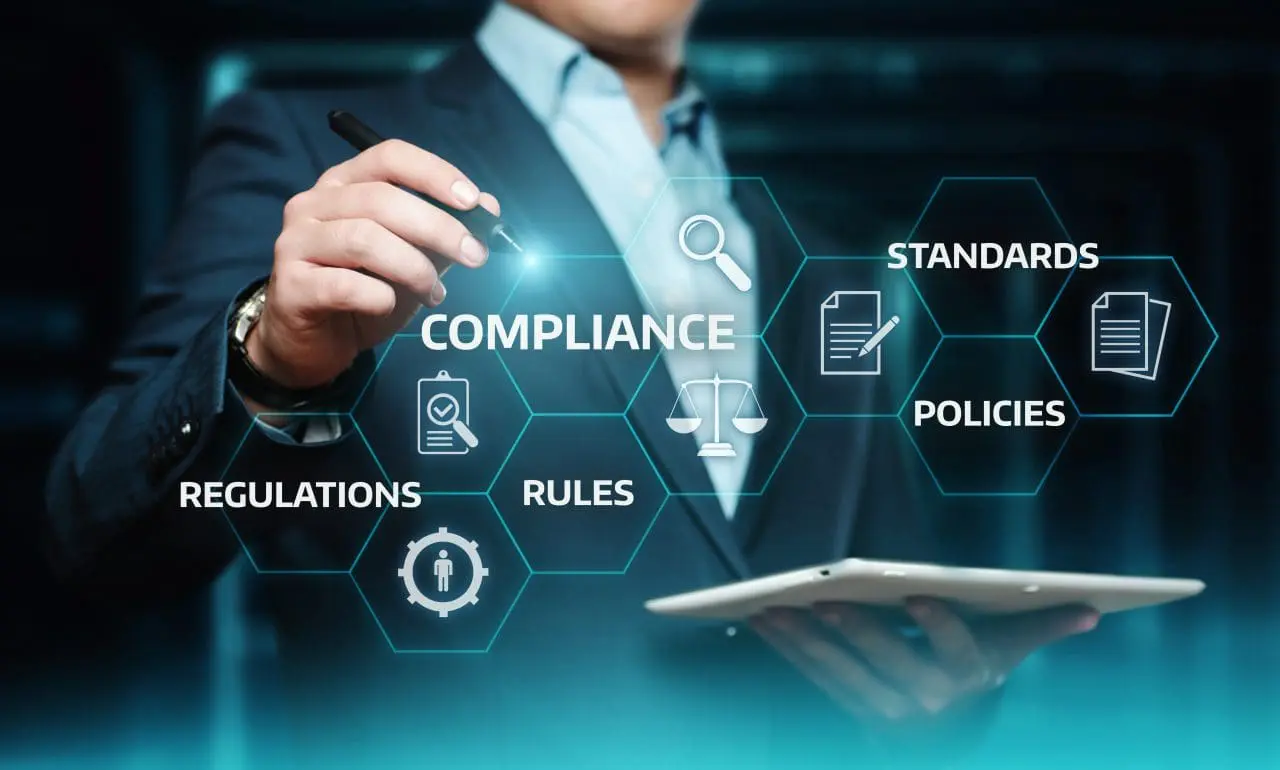

The advent of artificial intelligence (AI) has revolutionized not only how content is produced, but also the types of content that can be created. AI-generated content offers a wide range of possibilities for crafting stories and delivering information in exciting ways that could never have been done as efficiently before. Companies now have access to powerful tools which make it easier to create high quality, engaging content at scale. By utilizing context-based algorithms such as natural language processing and machine learning, organizations can quickly generate unique, accurate articles without sacrificing accuracy or resorting to generic filler text. Furthermore, AI technology allows businesses to personalize their output based on user behavior, providing a truly customized experience. With the rise of AI-generated content, organizations have access to a bigger and better range of content options than ever before.
Automating content creation has countless advantages for businesses looking to create engaging, high quality output in an efficient manner. For starters, automated systems are much faster at producing text than human writers, as they do not need to spend time researching topics or editing their work. Companies that leverage automated content generation can thus enjoy greatly reduced turnaround times from the moment an idea is conceived until it becomes a piece of digital media. In addition, automated systems are also able to generate unique pieces more quickly and accurately than humans who might struggle with repeatability. AI-generated content can also be tweaked to fit the specific needs of a particular user or industry, offering more customized solutions than ever before.
The European Union has recently identified a pressing need for AI-labeled generated content in order to ensure that information provided by these technologies is accurate and reliable. This push towards labeling is based on the fact that artificial intelligence systems may generate biased or inaccurate data which could potentially lead to harmful outcomes if left unchecked. As such, the EU believes that by implementing standards and regulations regarding the labeling of automated content, it will help ensure that users are getting accurate results from their searches and improve trust in this technology. The EU has also suggested the use of ethical principles to guide the development and deployment of automated content, such as fairness, transparency, accountability and safety.
As artificial intelligence continues to evolve rapidly, so too does its potential applications for businesses – both good and bad. On one hand, AI-generated content can save organizations time and money by reducing manual labor costs associated with creating written materials from scratch. On the other hand, it could be used maliciously in order to manipulate public opinion or spread false information if proper regulations are not put into place regarding its labeling and usage. Additionally, it is important to consider how these types of systems may impact the job market, as they could potentially replace certain positions that require human interaction.
The European Union is actively exploring ways to ensure that AI-generated content is responsible and ethical, in order to protect citizens from potential harm caused by inaccurate or biased information. In particular, the EU has proposed labeling requirements for automated content which would help users identify when a piece of media was created by an AI system rather than a human author. Additionally, they have suggested creating ethical principles to guide development and deployment of such systems in order to reduce any potential risks associated with their use. Such measures are intended not only to protect consumers, but also to ensure that organizations are held accountable for the use of AI in content production. As such, it is clear that the EU is taking a proactive stance on monitoring and regulating this technology in order to promote a safe and responsible environment when it comes to AI-generated content.
When it comes to labeling AI-generated content, there are both advantages and disadvantages that should be taken into account. On one hand, having labels would give users an idea of what they are reading or watching before viewing the material itself, thereby helping them make more informed decisions about their consumption habits. On the other hand, implementing labeling standards could be seen as a form of censorship which may stifle innovation in the AI space. Additionally, labels can give users an unrealistic expectation of accuracy or reliability when it comes to automated content, and create more confusion than clarity as different labels can mean different things to different people. As such, any proposed labeling requirements should be carefully considered before being adopted in order to ensure that they will effectively support the advancement of responsible AI-generated content production.
With the increasing use of automated content generation, it is important to understand how these systems work and what implications they may have for businesses. By leveraging AI technology, companies are able to create effective and engaging content much more quickly than if created manually. Furthermore, by utilizing labels to identify source material generated by an AI system, organizations can ensure that their users are receiving accurate information. Additionally, as automated content production continues to evolve over time, businesses must remain aware of any changes in regulations or ethical standards implemented by governments and other bodies which could impact their ability to generate content efficiently. In short, understanding AI generated content in its proper context is key for businesses to remain competitive in the digital age.
Labeling automated content is an important step towards ensuring accuracy and accountability when it comes to using AI technology. By clearly indicating the source material was generated by a computer system, users can more easily differentiate between human-authored and machine-generated content – helping them make more informed decisions about what they consume. Additionally, labeling standards can help protect businesses from potential legal issues if their materials are found to be inaccurate or biased, as labels can provide clear evidence that the content came from an automated source. Finally, labels also create a greater sense of transparency in the industry, as organizations will be more likely to disclose when their materials are the product of AI technology.
In recent years, the European Union has taken a strong stance on promoting responsible use of AI by instituting labeling requirements for automated content. These regulations are intended to help users identify quickly and easily whether or not a piece of media was created by an AI system, rather than a human author. Additionally, they have proposed ethical principles to further guide development and deployment of such systems in order to minimize any potential risks associated with their use. As such, it is clear that the EU is taking proactive steps towards monitoring and regulating this technology in order to create a safe and responsible environment when it comes to AI-generated content. Overall, these labeling requirements are an important step towards ensuring accuracy and transparency when it comes to automated content production – helping ensure that citizens are not put at risk due to inaccurate or biased information. Given the potential risks associated with automated content generation, it is important for organizations to be aware of any labeling standards that may apply in their region. By understanding the regulations and ethical considerations surrounding AI-generated content, businesses can ensure they are creating responsible materials while still leveraging the power of automation in their workflow. Ultimately, implementing appropriate labeling measures can help protect users from inaccurate or biased information – making it easier for them to understand where their content comes from and how reliable it is. Thus, proper labeling requirements help create a safer and more transparent digital environment for all involved.


